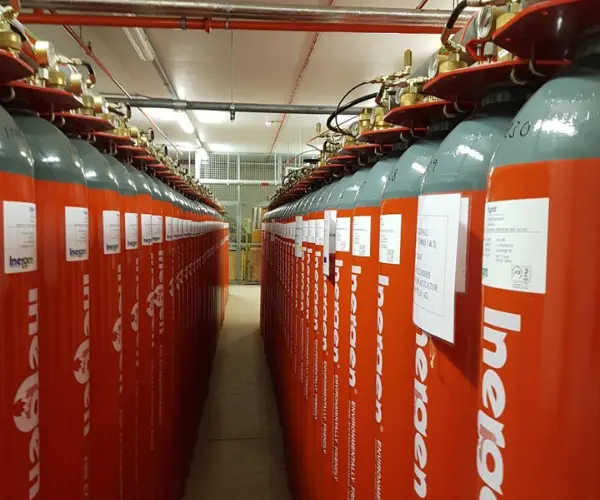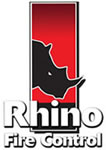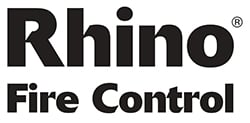
What Is A Fire Suppression System And How Does It Work?
While commercial fires are, mercifully, comparatively rare, they are certainly not unknown: in the 12 months ending September 2021, there were over 145,000 fires in the UK, resulting in 243 deaths and more than 6,000 injuries.
Fire suppression systems are effective countermeasures that can significantly delay the spread of a blaze; however, with different types of system available, it’s vital to install one that is suited to your premises as an incorrect choice could cause more harm than good.
What Is A Fire Suppression System?
A fire suppression system is a series of interconnected devices that are designed to extinguish a fire by applying a suitable substance. Usually, the system features in-built components that can detect the earliest stages of a fire, such as smoke or heat, and trigger the release of the suppression agent – often an inert gas or chemical. Also, fire suppression solutions are usually integrated with an alarm system to alert occupants of the building that a blaze has occurred. People can then evacuate the building in good time, while other countermeasures may be put into action to prevent the fire from spreading.
Whereas sprinkler systems release water to extinguish general building fires, a fire suppression system uses other substances, such as inert gas or chemical, to protect specific risks and to combat electrical fires or fires caused by other hazardous substances. Suppression systems are designed to either cool, remove the oxygen, or destroy the chemical composition of the fire.
This makes fire suppression suitable in settings where water alone is not likely to be effective against fire, such as:
- Data centres, where environmentally friendly chemical agents are used to avoid water damage to sensitive equipment when the system discharges.
- Restaurants and commercial kitchens, where wet chemicals are dispersed in a fine mist to extinguish fires fuelled by grease.
- Industrial plants where dry chemicals are highly effective in extinguishing fires caused by liquid fuels, chemicals, or other hazardous materials.
Types Of Fire Suppression Systems
There are two main types of systems that your fire suppression system supplier can provide:
1) Direct Systems
In direct systems, the suppression substance is stored in a tube which melts when exposed to extreme heat. This allows the substance to be released in a controlled way directly over the fire.
2) Indirect Systems
A delivery tube is also used in indirect systems, but pressurised valves disperse the suppression substance over a wider area to prevent the spread of a fire at the same time as supressing the blaze itself. This method is used in microenvironment suppression systems but is not suited to room-wide suppression systems.
Searching For Fire Suppression Systems UK? Contact Rhino Fire Control Today
At Rhino Fire Control, we design, install, and maintain reliable and cost-efficient fire suppression systems for a range of business premises.
To find out more about our services, please get in touch today.


